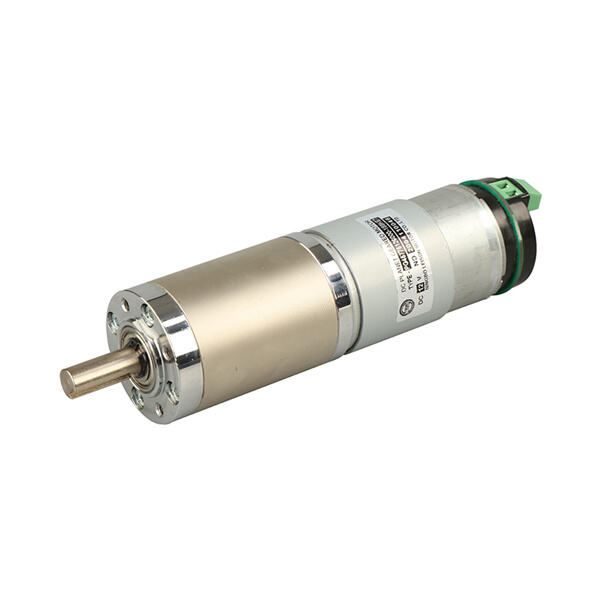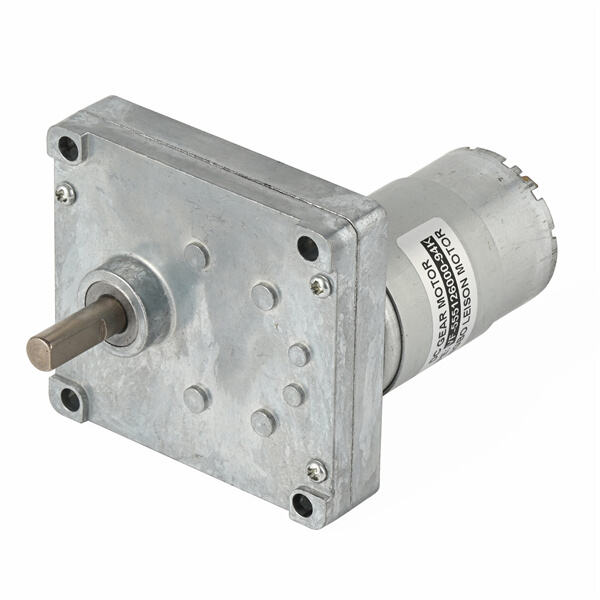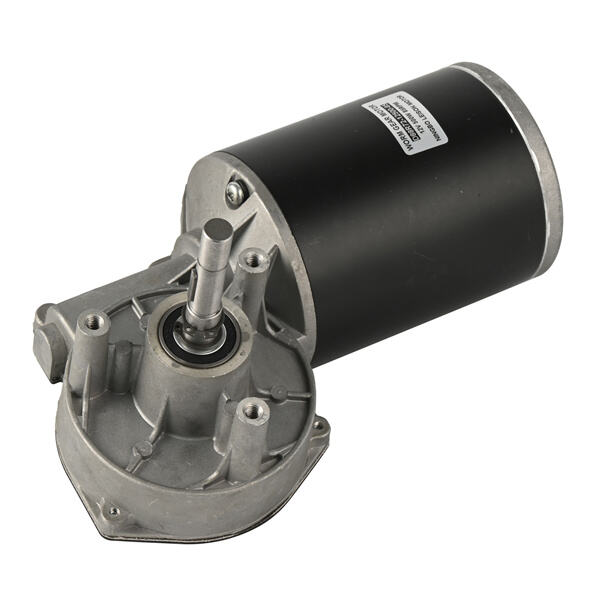DC-motorer hjælper med at få tingene til at bevæge sig i en lang række anvendelser. Du kan også finde dem i legetøj, husholdningsapparater, biler og store maskiner. DC-motorstørrelsen er et kritisk punkt at forstå, sammen med hvor hurtigt den kan gå. (Styrke er hvad stød kaldes, og det er godt til at få ting til at snurre og snurre.) Hastigheden fortæller os hvor hurtigt et objekt roterer.
Kraftfulde, lavhastigheds DC-motorer har specielle fordele for mange anvendelser. Et stort fordel er evnen til at dreje med meget kraft, mens man bevæger sig langsomt. Dette er fantastisk, hvis du skal manipulere ting meget nøjagtigt. For eksempel kan robotter bruge en kraftfuld motor for at hjælpe med at flytte en arm eller et hjul smootht, mens de samtidig holder alt andet på plads.
For at få mest muligt ud af lavhastighedshøj torsions DC-motorer, skal du vælge den rigtige motor til dit projekt. Du skal overveje ting som effekt og hvor mange omdrejninger den laver. At vælge den rigtige motor for at udføre jobbet effektivt og med så lidt energi som muligt, er ikke kun vigtigt for at få det gjort, men kan også hjælpe med at gøre det varer længere. Desuden kan motoren vedligeholdes ved at rengøre og smøre den for at få den til at fungere bedre.

DC-motorer til krævende opgaver på lav hastighed. DC-motorer til krævende opgaver på lav hastighed. Udsæt regeringskunder. Skriv til os, det er et favorit!

DC-motorer er populære til krævende opgaver på lave hastigheder, da de er enkle, pålidelige - og ikke særlig dyre. DC-motorer kan være en af de enkleste typer motorer at styre og er nemme at implementere i meget udstyr. Det gør dem perfekte til alle slags projekter. DC-motorer kan designes til at levere styrken ved lave hastigheder, og derfor er de en fantastisk match i mange anvendelser.

Styrken og kontrollen er en karakteristik for alle digitale motorer, da de har kraftfulde DC-motorer, der drejer langsomt. De kan tage tung ting op eller udføre nøjagtigt præcise opgaver. Selvom de accelererer og bremser, vedligeholder de en konstant styrke. Det gør dem velegnede til opgaver som at flytte en conveyorbånd eller at styre en robotarm. DC-motorer leverer den styrke og kontrol, der kræves for at udføre opgaver tilfredsstillende.